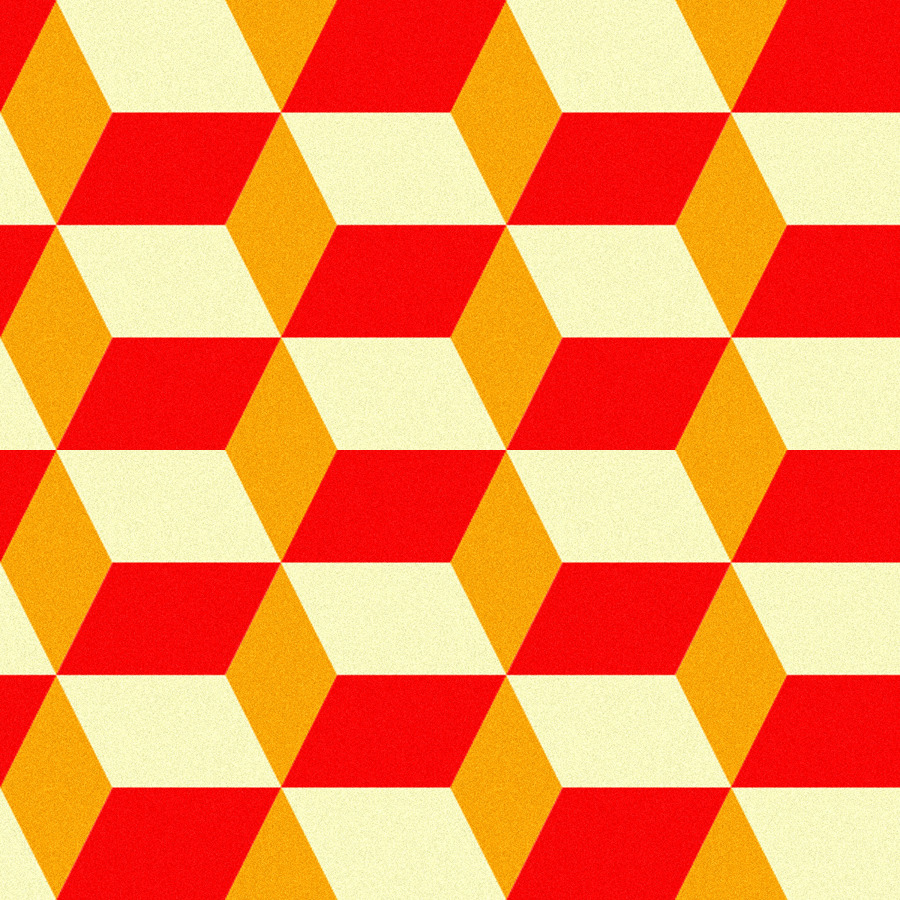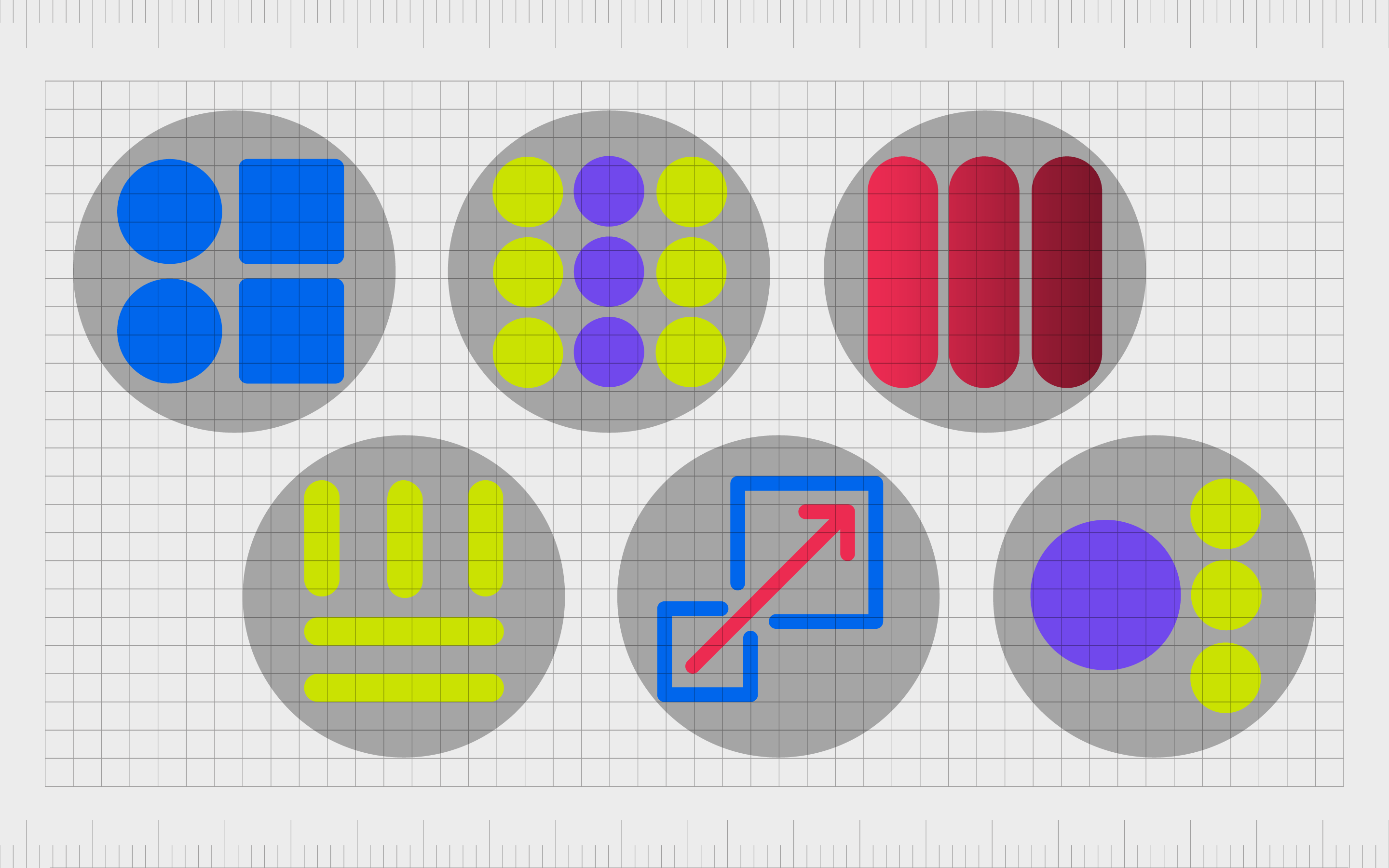Table Of Content

The rhythm of color is used again with the gold headings down the page and the decorative flourishes to the left. While the interval can vary depending on the length of the text in each entry, it’s fairly predictable and a regular rhythm. Dominance and focal points create areas in your design that pull the eye.
Understanding Repetition in Art
The pink headlines work to reinforce the rhythm created by the repeating blue dates. Repetition creates flow and rhythm through the repeated elements. When the eye sees a red circle it notices other red circles in the composition and seeks to establish a pattern. In addition to repetition you can use alternation and gradation to create rhythm. Patterns can be found in various art styles and genres, from ancient tapestries to contemporary graphic design. They rely heavily on repetition and a sense of rhythm, which can create a visual harmony that engages the viewer’s eye.
Rhythm in Art Resources

By repeating the same image with small variations, Warhol created a series that was both visually compelling and thought-provoking. The repetition of the soup cans also serves as a commentary on mass production and consumer culture. Remember, the key to successful repetition and variation in art is finding the right balance between unity and variety.
Movement in Art Resources
This principle is all about creating a flow and movement in your artwork using repetition. By creating a pattern that repeats itself, you can create a sense of unity and harmony, guiding the viewer’s eyes throughout your creation. Moreover, repetition is closely related to the principle of rhythm in art. Rhythm refers to the movement and flow created by the repetition of elements in a composition. It can be regular, irregular, or alternating and can have a significant impact on how the viewer perceives the artwork. Regular rhythm – Like the beating of a heart, the regular rhythm follows the same intervals over and over again.
Using Inductive Reasoning in User Experience Research
In this example of variety in art, Kandinsky uses a variety of lines, shapes, values, and colors. Variety refers to the elements of a composition that differ from one another. Also creating rhythm and visually moving us along from left to right are the blue lines, blue photo mats, and blue arrow. We started out at the top left, moved to the middle, then across to the bottom right. Another place we see rhythm and movement in this one page is with the color yellow.
Design Patterns: Flow In The Absence Of Design

Notice how this brochure features one consistent color palette. This makes the brand pop and ensures the design is harmonious. All the icons and illustrations represent the topic (“tests”, “experiments”, “diabetes”).
Principle of Consistency and Standards in User Interface Design
It creates an overall sense of movement and energy in a painting. The repetition of organic, rhombus shaped ripples, appear to build and flow into the crashing wave. That’s because it unlocks several other design principles, including hierarchy, rhythm and unity. Repetition may also help you audience better understand and retain the information in your designs.
Nichola Clare Designs: Creating Beautiful Spaces - WesternWheel.ca - Western Wheel
Nichola Clare Designs: Creating Beautiful Spaces - WesternWheel.ca.
Posted: Thu, 30 Mar 2023 22:11:57 GMT [source]
What design principle is based on repetition?
Also known as "white space," this design element uses space as part of the design. It can also use the other elements to create the illusion of added information, which tricks the eye into thinking something is there. Whether visual or auditory, the principle of rhythm, repetition and movement is defined as a sound or sight that is repeated in an orderly fashion. When this principle is applied to music, think of the repeated beat in a song that created a musical pattern. Alternation is when two or more different elements are rhythmically alternated to create a visual pattern.
By breaking repetitive patterns strategically, you can create visual tension and maintain the viewer’s interest. When repetition is used effectively, it can reinforce the message of the artwork and create a memorable experience for the viewer. It’s like a catchy tune that sticks in your head, but with visual elements that engage your senses.
This principle dictates the visual arrangement of content, ensuring that the most crucial information gains prominence. By using size, color, contrast, and placement strategically, designers can guide viewers' eyes through the design in a deliberate sequence. For instance, larger and bolder fonts often denote primary messages, while smaller, subtler text serves as secondary or tertiary information. Effective hierarchy not only enhances readability but also enriches user experience by making information consumption intuitive and effortless. Proper implementation of hierarchy ensures that a design communicates its message clearly and effectively, establishing an order that makes visual sense to the viewer.
It can involve repeating contrasting elements, alternating text placement and more. These woodblock prints by Katsushika Hokusai are excellent examples of line and movement and how this principle of movement is used within a composition. Take note of where your eye immediately goes when viewing these pieces of art.
For example, it makes sense to place the button to search after the form field, because the natural process is to fill in the field and then click the button. Placing the button first would move your visitor in one direction until the end, when they have to move all the way back to the start. Showing direction is one of the primary characteristics of lines. Lines can also be used to cut off motion in one direction by being perpendicular to that motion.
This not only enhances the beauty of a design but also boosts its functionality and effectiveness. Understanding and utilizing these design principles is essential for creating compelling and impactful visual communications. Variety is a key principle of design that involves incorporating different elements and media to create interest and contrast within a composition.
The second way refers to the visual flow of an artwork, indicated by the path a viewer’s eyes take as they look at the artwork. I once said that I hate the elements and principles of art, but that’s not quite accurate. The elements and principles of art are a lens through which to view and understand art, but they are not what makes art education vital.
This regular rhythm created a sense of order and balance, making the artwork pleasing to the eye. Varying the size of repeated elements can add a whole new dimension to your artwork. By playing with scale, you can create a sense of movement and dynamism that draws the viewer’s eye. Try experimenting with different scales to see what effects you can achieve. So you want to understand the ins and outs of repetition in art, huh?

No comments:
Post a Comment